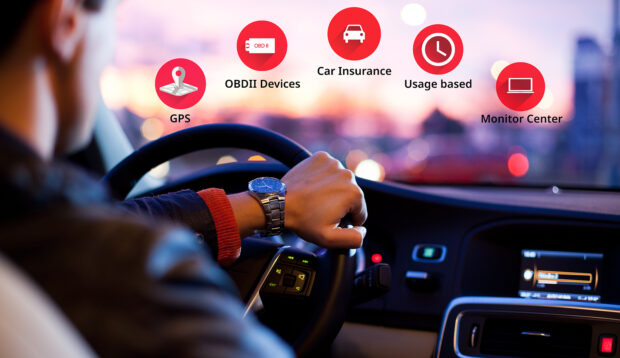TransUnion’s latest Personal Lines Insurance Shopping Report found the number of consumers who accepted a telematics offer from their auto insurance provider increased 33 percent since the end of 2021—a trend driven by consumers hoping to lower their premiums by demonstrating safe driving habits.
Telematics programs use connected devices, mobile phones, or auto manufacturer car apps to monitor and report detailed driving behavior. Similarly, in homes, connected devices monitor for warning of fires, water leaks, and other hazard risks.
“It’s clear that high inflation levels are impacting consumer wallets, and many people are now considering new technologies that may help them save money. In the insurance industry, more consumers are warming to the idea of using a telematics tool to enhance safe driving while also lowering costs,” said Michelle Jackson, senior director of TransUnion’s personal property and casualty insurance business. “This evolving sentiment could carry over to similar offerings in the property space.”
Along with general inflation, cumulative auto insurance prices are up an average 4 percent, with some states trending at nearly 20 percent for some drivers, according to the report. In response, consumers are shopping for lower premiums, better coverage, and better service from their insurer – a trend noted across auto, property and rental insurance.
The new data comes from a TransUnion survey of 2,791 consumers conducted between February and March 2022. It found that, compared to the last survey in November 2021, the number of customers offered a telematics policy to monitor their driving and help determine their rates rose from 32-40 percent—and the number of those who opted in rose from 49-65 percent.
Auto, Property Insurance Industries Even Out
Throughout 2021, year-over-year property insurance shopping rates remained extraordinarily high in response to a white-hot housing market. However, as the first quarter of 2022 unfolded, those rates trended negative on a YoY basis—the result of an increase in mortgage interest rates, combined with higher home prices and limited inventory.
By contrast, auto shopping rates were depressed throughout 2021 due to supply chain shortages. Initially, this market began 2022 below 2021 levels; however, by March, shopping was closer to even with the previous year. This bounce-back was driven by two factors: increased shopping in search of lower premiums and a boost of funds from tax returns that enabled more consumers to shop for automobiles.
“It appears that auto and property insurance industries found some equilibrium this quarter, after a tumultuous 2021,” said Jackson. “Inflation is projected to continue through 2022, which will likely have the dual effect of pricing out consumers from new homes and vehicles while motivating them to seek out more affordable coverage.”
Source: TransUnion





















 InsurTech Profile: Optimalex’s AI Tools ‘Co-Pilot’ Alongside Human Expertise
InsurTech Profile: Optimalex’s AI Tools ‘Co-Pilot’ Alongside Human Expertise  E&S Property In Focus: Competition Up, Price Momentum Waning
E&S Property In Focus: Competition Up, Price Momentum Waning  Uncertainty Keeps Prices Up; No Prior-Year Loss Development: Travelers
Uncertainty Keeps Prices Up; No Prior-Year Loss Development: Travelers  Allstate’s Safe Driving App Helps Reduce Chance of Collision by 25%
Allstate’s Safe Driving App Helps Reduce Chance of Collision by 25% 






